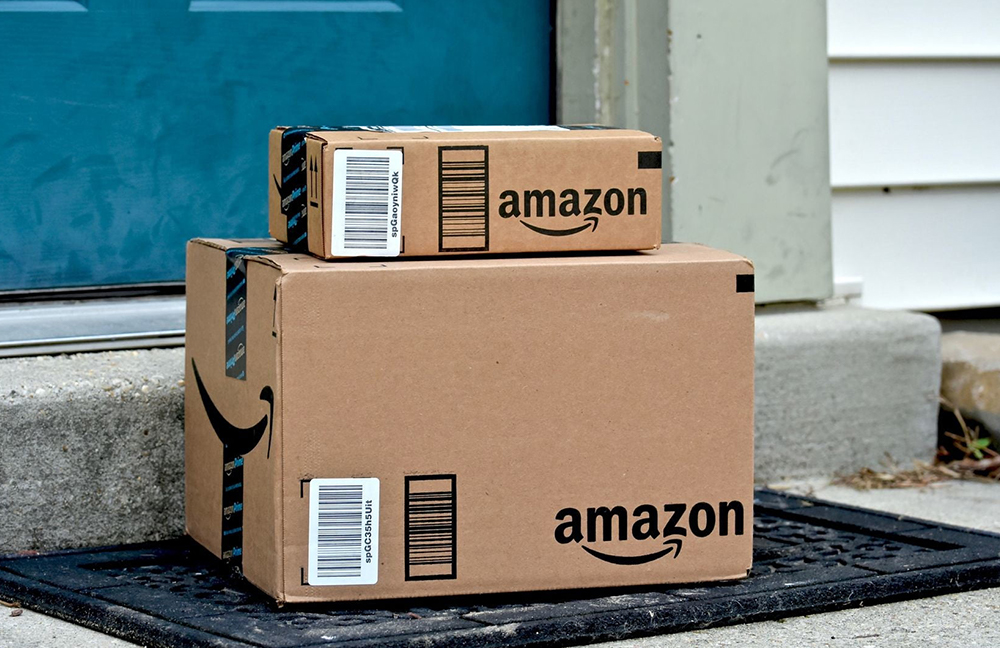

Amazon Begins Experimenting with Private Delivery
If you’ve noticed your Amazon packages showing up in a different place at your residence these past couple of weeks, you’re probably not alone. In a recent move, Amazon has begun experimenting with private delivery employees instead of injecting packages into USPS’ network. This has raised a few eyebrows amongst USPS letter carriers, who have spoken up on the issue.
Why is Amazon Experimenting with Private Delivery?
Amazon’s latest move shouldn’t come as a shock. The company has long expressed desire to attain same-day delivery nationwide, and will do just about anything to get there. Private, localized delivery employees may be able to help Amazon achieve that goal by offering services that USPS just can’t match. Some of these services may include extended hours, and Saturday (or even Sunday) delivery. Simply put, these workers aren’t subject to the same federal regulations as USPS is, and that gives them a lot more leeway.
In addition, smaller local delivery companies will be beyond stoked to get a piece of the Amazon pie typically reserved for the Postal Service. Therefore, they will likely offer very attractive discounts to Amazon in an attempt to get their hands on the eCommerce behemoth’s packages. Knowing all that, it isn’t any wonder why Amazon is starting to branch out and test the waters with some of these private delivery services.
USPS’ Problem with Amazon Using Private Delivery
Amazon’s switch to private delivery in select cities has understandably stirred up some beef. First off, USPS and Amazon have both relied on each other for a long time. Amazon is one of USPS’ biggest customers—if not the biggest. Therefore, Amazon packages represent a sizable portion of postal revenue. Amazon also relies on USPS to complete last mile delivery in order to reach all their customers’ doorsteps. However, now that Amazon has begun using their own delivery employees, postal workers are smelling something fishy. In cities where Amazon is testing the waters such as Buffalo, New York, letter carriers report delivering about half the parcels they normally do. If we extrapolate this across the entire country, that represents a potential 50% decrease in total package volume for USPS! That’s just crazy, and it’s something USPS can’t afford to let happen.
While Amazon’s recent move poses a potential threat to USPS’ business model, the reduction in overall parcels is not what has letter carriers in such an uproar. The real issue comes down to mailbox territory. Postal workers are noticing that Amazon parcels are showing up inside mailboxes on their delivery routes…but there’s a slight problem. They didn’t put them there!
The Epic Battle for the Mailbox
Before you go asking yourself why mailbox territory is such a big deal, it’s important to get a little background. When it comes to home delivery, the mailbox is the holy grail. It’s the gooey goodness at the center of the Tootsie Pop. It’s what everyone is after. If the other major carriers like UPS or FedEx could get their hands on mailboxes, there would be blood in the streets.
Notice the “if” at the beginning of that last sentence. It’s a big “if,” and we’ll tell you why. By law, USPS is the only entity allowed to touch mailboxes at every single residential address in the country. So, when some postal workers saw Amazon packages showing up inside mailboxes on their routes the past couple of weeks, they did what any reasonable letter carrier would do: they yanked the package out and brought it back to the Post Office, where it was then labeled “Return to Sender.”
This action might seem petty to the outside observer. However, postal workers have every right to remove parcels from mailboxes that they didn’t themselves deliver. They are the only ones legally allowed to open mailboxes in the first place! Knowing that, it’s easy to understand why postal workers are so irritated. When someone outside of USPS places a parcel in someone’s mailbox, they are not just infringing on USPS’ territory; they are committing a federal crime. Think about that the next time you slip a note inside your neighbor’s mailbox.


Be the first to comment!